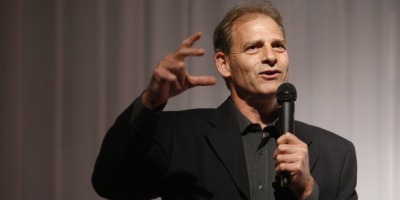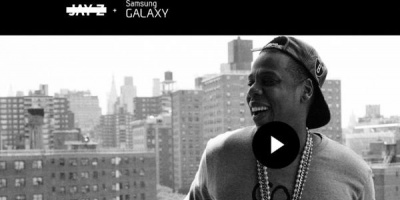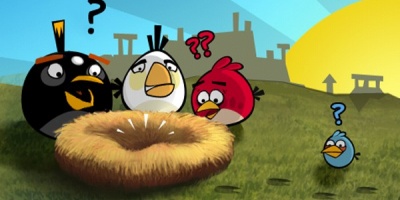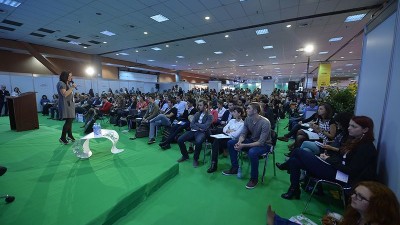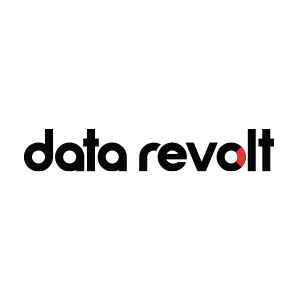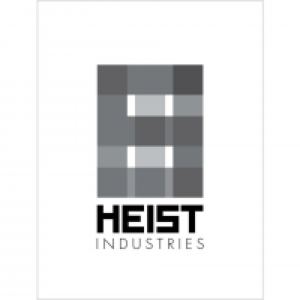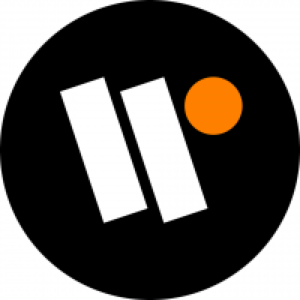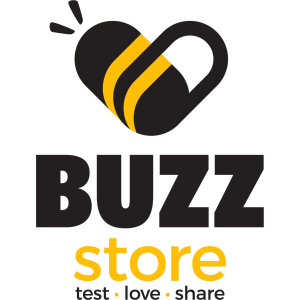Yonathan Dominitz is the Founder of Mindscapes, a company that since 2006 has dedicated its activity to uncovering the tools that would help ad men all over the world spark that idea that could become the foundation for The Brilliant Advertising Campaign. The people of Mindscapes have done so by analysing thousands of award-winning commercials featured in festivals that reward creativity. Over the years, the company has uncovered twelve tools that would lead to innovative, ingenious, groundbreaking campaigns.
I've spoken to Yonathan over Skype in an attempt to find out more about these tools. I've already shown you the first part of our discussion, during which we explored Dynamic Connections, Rewrite History, Museum It, Relocation, Fight for a Cause and Sabotage/Removal. Check out how the other six tools work and which are the advertising campaigns provided as examples by Yonathan Dominiz:
Varianta in romana a interviului poate fi citita aici.
Create a Product
Instead of advertising your product, think about what the message you wish to convey is and then transform this message into a new product or a new service. Launch this new product or service and promote it and, through the exposure of the new product/service, people will become aware of the core brand, the core message you want to communicate. The new product is just a temporary tactical one which has the task to convey a message. Usually, we use messages to promote a product; in this case we use a product to convey a message.
One example comes from Australia, a campaign created for Starburst. They launched a new product line of sugar free candy and intended to advertise it. Instead of promoting the new sugar free candy, they advertised packs of sugar and branded them as the leftover sugar that was taken from the Starburst candy. They called this new product Starburst Leftover Sugar and everybody who bought it in the supermarket or got it for free in coffee shops realized that, actually, they are using sugar that was taken from the sugar free candy. So they realized that there was a new brand of candy without sugar.
I'll give you another example, a service called The Teletransporter. They created a soundproof cabin for men who wanted to pretend that they were not at the bar when they got a call from their girlfriends. Users could choose the noise of a hospital, of a garage or of babysitting. The message that they wanted to say was "when you drink our beer, you can enjoy it in the company of men only". Instead of saying it, they created a service which helped them prove that they care enough about their consumers that they would help them get rid of women who would be distracting them from enjoying the beer.
Self-validation
Self-validation is the most intelligent tool I think we have. Instead of saying or showing the message, the tool suggests creating an experience that will prove the message, that could validate the truth of the message. When you say something, people either believe or not. But when you make a person go through an experience which proves what you want to say, you don't have to say it anymore because the person experienced the truth for himself/herself.
A company wanted to promote dinnerware, meaning plates and cups which are made out of ceramics, that don't actually don’t break. They called them chip-resistant. What they did was take those plates and instead of putting them in shops, they sold them in the street using vending machines. You know their basic mechanism: you go to a vending machine to buy a Coke, you put the money in, then the bottle falls down and you pick it up from the bottom. So they did the same thing, but with really expensive dinnerware: the plates fell down and when you took them out you realized they didn't break, so you realized they were chip resistant.
I'll give you another example, a more complex one that follows the same principle. Some years ago, T-Mobile launched a new campaign in the UK and they had this idea of dancing in the Liverpool train station. That was one of the most stunning campaigns ever launched by a telecommunications company. They wanted to communicate "Life's for sharing", the new positioning of T-Mobile. Now, this idea was so amazing that people couldn't resist the temptation to share it. So the way people got exposed to the message was through the sharing of the video.
Extreme Challenge
Instead of saying the message, the Extreme Challenge tool suggests you create a very extreme, bizarre, unheard of challenge and have people participate, compete or just watch because it's very entertaining. And once people are exposed to it they will get the message. The Volvo Trucks Stunts are a beautiful example.
Another example is "Skyfall". The idea itself stemmed from the most stupid and boring promotion: you buy Coke Zero and you get a discount for the launch of Skyfall, the new 007 movie. What they did, in order to make people excited about it, was give free tickets to those who bought Coke Zero and completed a small, but very demanding challenge. The buyers had 60 seconds to run from one place to another, encountering all kinds of obstacles on the way, and in the end had to sing the theme song of the movie in order to get the ticket. So Coca-Cola created an experience or challenge which was very demanding, yet was very entertaining for an ordinary person.
Another example which I like a lot is Decode Jay- Z with Bing. In order to get the autobiography of Jay-Z for free before everybody, before it was even released, you had to use Bing every day to look for a new clue, which would lead you to the location of one page of the book. It was a challenge that millions of people followed daily because it was a kind of contest that enabled people to do something special, to stay ahead of their friends.
New Tasking
New Tasking tells us that every object, every component of a system can be used in a different way. We can assign a new task to an existing resource in the system in order for it to do something that was not expected of it in the beginning.
One great example came from Latin America, where they wanted to promote the idea of ice-cold Coca-Cola. They came up with an idea of creating a Coca-Cola Bottle, which was not made out of glass, but ice. Usually, the task of the ice is to cool the Coke, right? In this case, they gave ice a new task, to contain the Coke, to become the bottle. So people paid a price which was much higher than the usual just to experience it and, at the end of the day, everybody talked about it.
I'll give you another example. A big winner at Cannes was the campaign for IBM - Smart ideas for smarter cities. Outdoor posters became roofs that protected people against the rain and ramps that people could use to carry their luggage over the flight of stairs. The original task of the resource was to display the message, but then they gave it a new task, doing something useful.
Create a Role
Instead of advertising your message, this tool teaches us to devise a new role that either didn’t exist before or to create a different twist, a new functionality for something that already exists. Then have people interact with the role, let them compete to take on the role, to do something while playing the role and so on and they will eventually get the brand idea and message.
Maybe the most famous example is The Best Job in the World, the campaign that brought awareness for the Great Reef Barrier. They created a new role, which was the caretaker of the island. Everybody wanted to get that job and by thinking about it, dreaming about it and submitting your video to become the caretaker, people realized what a great destination the Great Reef Barrier was.
Another example that was a winner at Cannes is the campaign "Celeb Grammar Cops", promoting a school from Brazil that taught children how to speak English. You know how kids today learn the language - through television, Facebook, Twitter and so on. And the agency uncovered a very interesting insight: they realized that many celebrities in the US, the big opinion leaders, write in English with a lot of embarrassing, stupid grammar mistakes. So they created a new role, which was Celeb Grammar Cops, and they challenged all the kids in Brazil to observe US celebrities' tweets (you know Madonna, Justin Bieber, Lady Gaga whoever you like) and to correct their grammar mistakes. So, they created a new application through which everyone could become Celeb Grammar Cops. Everybody wanted to have the application, English teachers and kids used it. It was a huge success and at the end of the day Red Balloon, the school, became the most famous seller in Brazil. Instead of saying "we teach English", they created a function which was the Grammar Cops and they asked people to fill the role.
Creative Use of Problems
We don’t like problems, so we want to ignore, hide or get rid of them. But this tool tells us that if you look deeply into the problem, you may find a solution which is in the problem itself. So you can use the problem to actually solve it. This is very smart and very counter intuitive.
For years, Guinness has had this tagline which says "Good things come to those who wait". What was the problem of Guinness? You have to wait a long time before you can actually drink the beer when you go the pub and somebody serves it to you from the tap. It takes a few good minutes before the foam goes down. And for years it was a big marketing and consumption problem, because people don’t want to wait a few minutes, they want to start drinking in order to forget about their job, work and the hustle of life, in general. One day, Guinness realized that this problem is also what makes them unique. Only for a real beer like Guinness would people be willing to wait. And they transformed this problem into their unique positioning. They said "Good things come to those who wait". So people started to think about the problem from a different perspective and say "yes, it’s true, good things are worth waiting for".
Another example is the famous UK icon Marmite campaign which says "You either love it or hate it". They don't say it’s good, they don't say it’s tasty, they admit very clearly that some people hate it and they don't even care about it. They also say that when you try Marmite you cannot be indifferent.
Another possible example is the "Dumb Ways to Die" campaign. I don't have a full answer, but I'm just trying to think of it as a "Creative use of problem" type of campaign. They took the problem and didn't try to solve it, rather they put in a different light: there are so many stupid ways to die.






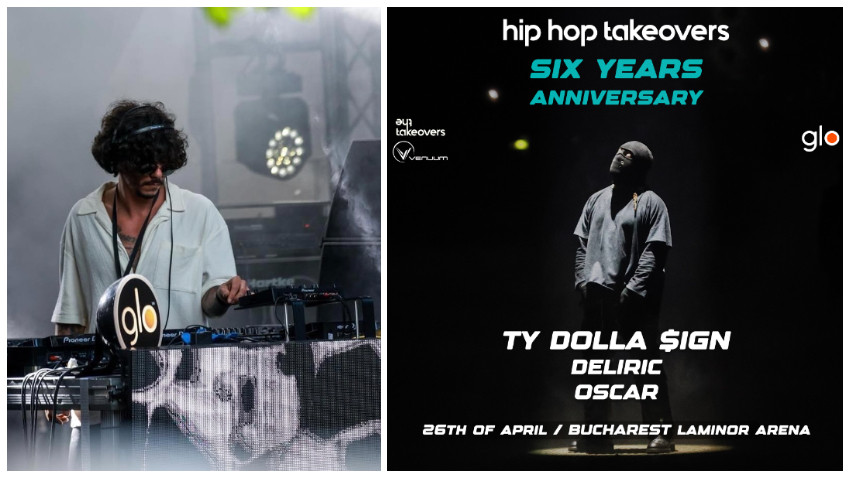
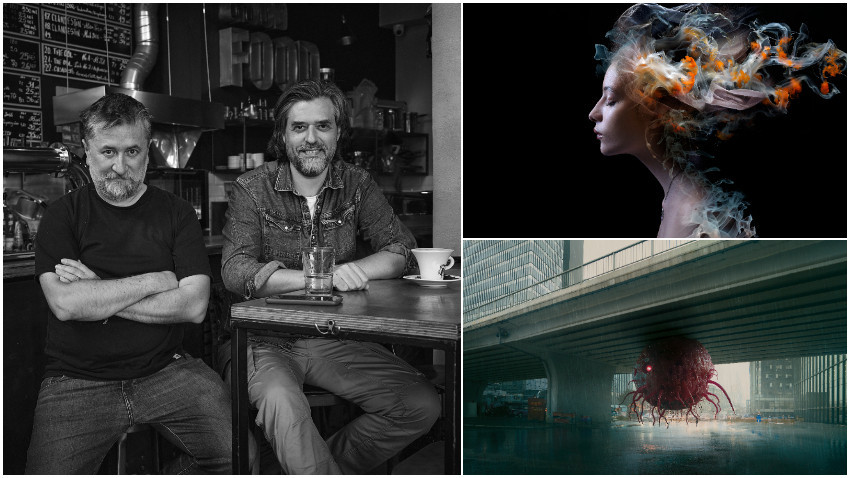
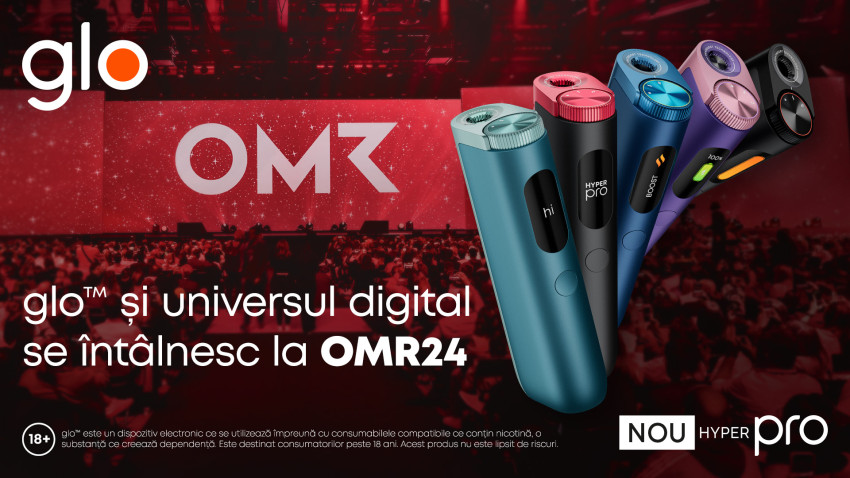

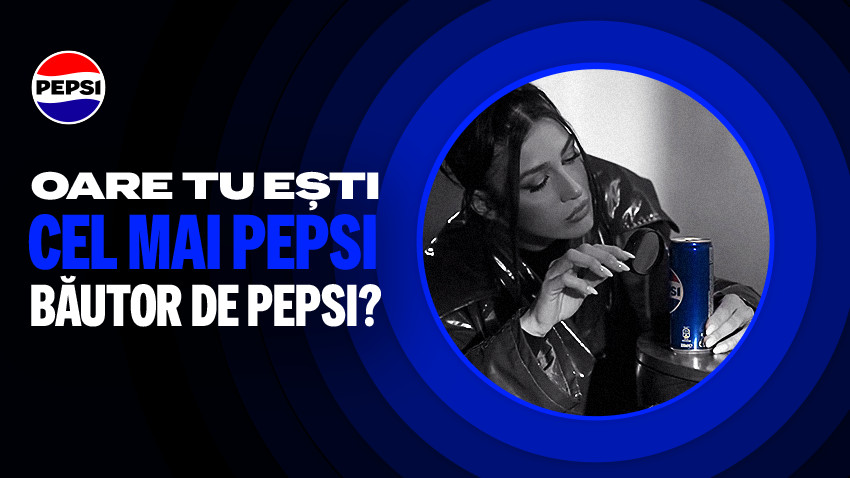
![[FIT] Ce trebuie să știi înainte să faci un credit](https://media.iqads.ro/2024/04/screenshot-2024-04-08-at-07-55-47-cover-850.jpg)
